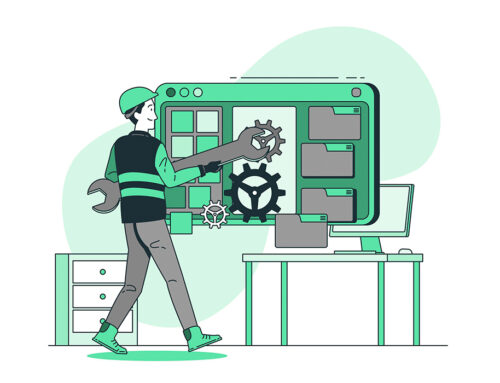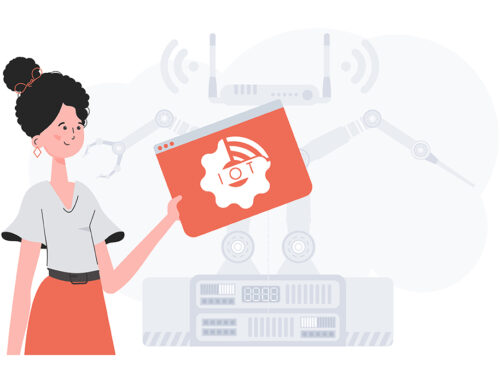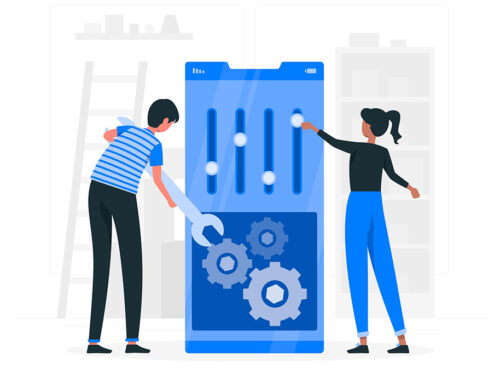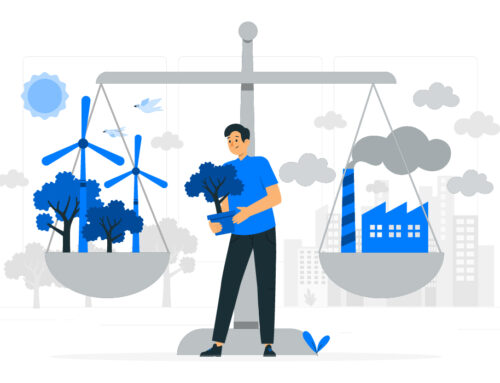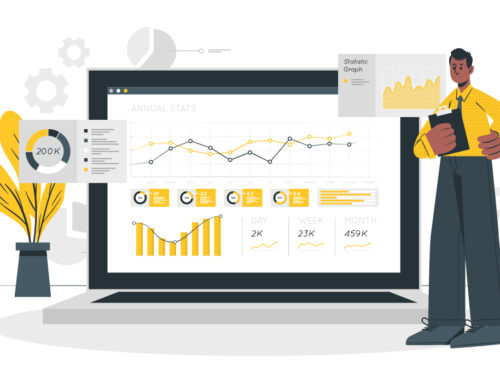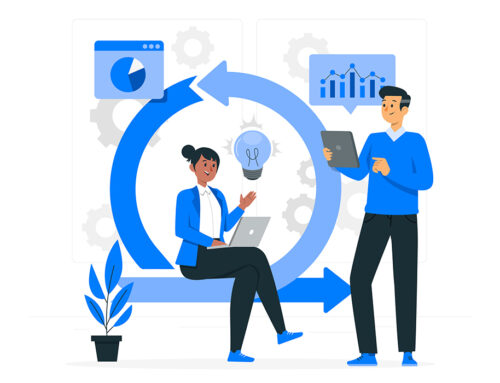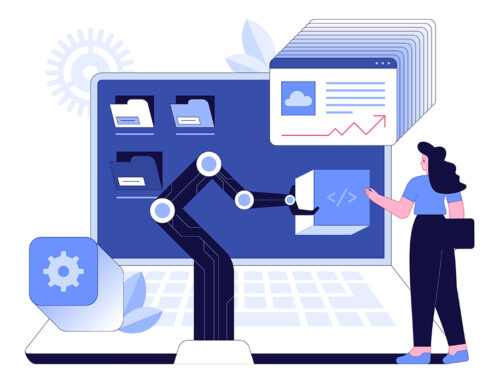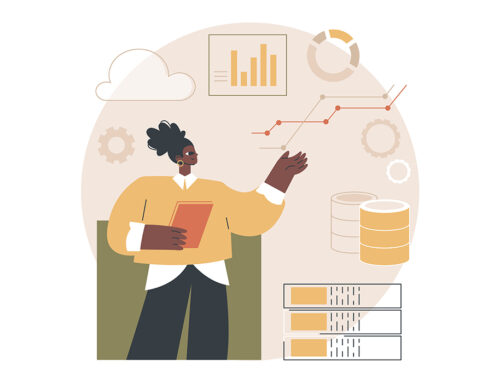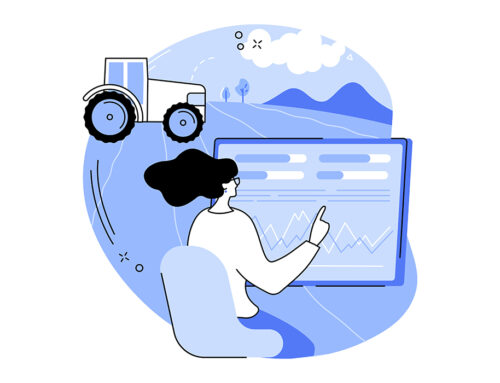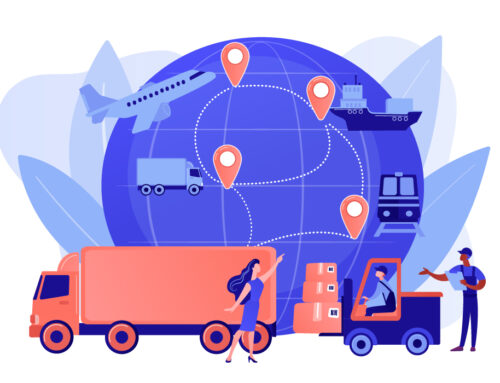The terms artificial intelligence (AI) and machine learning (ML) are often used interchangeably, but do they really mean the same thing?
Author Radiana Pit | Copperberg
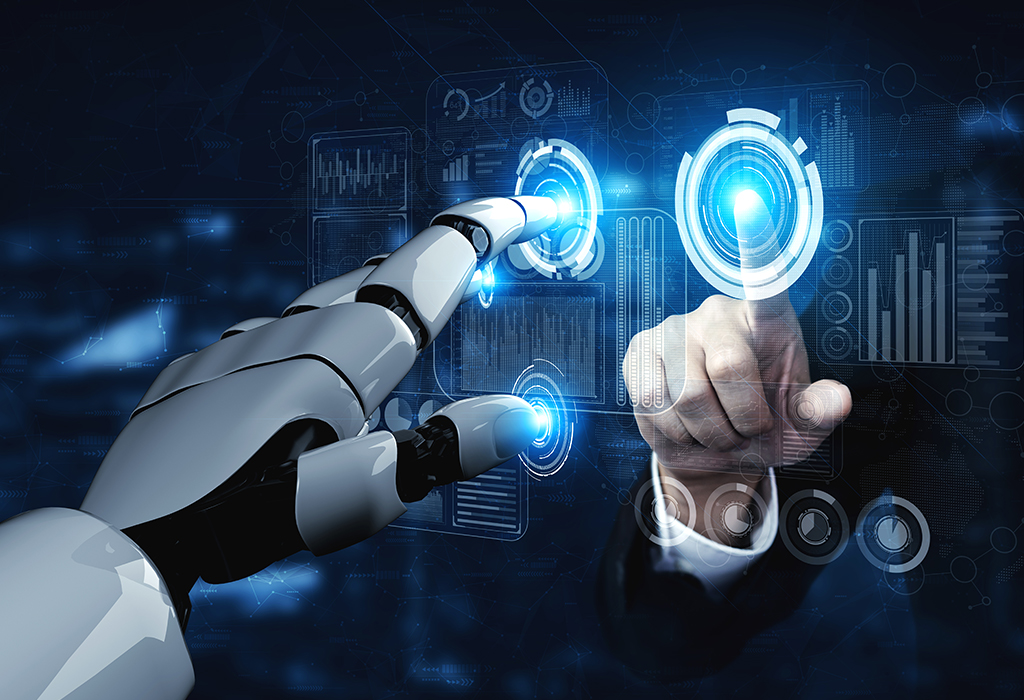
The quick answer is no — they are not the same and while they are closely connected, there are differences that need to be clarified in order to support more educated perspectives and decision-making processes.
In this article, we will look at what AI is, how it’s different from ML, and what AI use cases you should keep an eye on for a brighter future. ML has received the same careful treatment and attention in this article, so feel free to check it out after you finish reading about the powerful and limitless world of AI technology.
What is artificial intelligence?
If natural intelligence is unique to humans and animals, then artificial intelligence is unique to machines. The definition of AI is quite broad and, as the technology advanced, the definition for it has been constantly developed and redefined since the 1950s. For now, it suffices to say that AI is a computer science that builds smart machines capable of executing a variety of tasks that mimic natural, human intelligence.
Generally, the term AI conjures up images of human-like sci-fi robots that may or may not replace the human race in a dystopian future. However, in reality, things are just a bit different. The objectives of artificial intelligence today are to learn, rationalize, and perceive data in order to mimic human intelligence and execute and automate repetitive and manual operations.
Perhaps this may sound less exciting, but to avoid the philosophical and existential conundrum behind the debate on whether or not machines can think (and if they should be allowed to think), we should focus on how artificial intelligence is currently used in society and not on what it actually is — because that would certainly be a time-consuming, albeit interesting, conversation that would produce more questions than answers.
To understand how artificial intelligence is used, we must first understand how it is categorized. Artificial intelligence is generally divided into weak AI and strong AI.
Weak AI, also known as Narrow AI, is a simulation of human intelligence that operates within a limited context. It is often used for executing single tasks with high precision under greater constraints and limitations than those of basic human intelligence. Such tasks include virtual personal assistants or video games, for example.
Strong AI, also known as Artificial General Intelligence (AGI), is the superior type of AI that conjures up those images about sci-fi robots ready to take over the world. But in reality, AGI is not that scary. Machines with AGI consist of more complex systems that are appropriate for more complicated human-like tasks. They can also be programmed to solve problems without human assistance. For example, AGI systems are commonly used in self-driving cars.
Use cases and applications for AI in 2021 and beyond
Even before the pandemic began, artificial intelligence was already causing widespread disruption in almost every industry. But with the pandemic affecting the way we do business, smart machines and self-teaching algorithms have become more important than ever before.
So, what role will artificial intelligence play in the coming year and what trends should you keep an eye on as you rethink your business strategies for 2021?
According to recent predictions by Forrester Research, forward-thinking enterprises will push AI to new frontiers, such as holographic meetings for remote work and on-demand personalized manufacturing in 2021.
Additionally, growing companies are expected to turn to artificial intelligence to help with workplace disruption and apply this technology for intelligent document extraction, back-to-work health tracking, customer service agent augmentation, and social distancing. To monitor whether social distancing guidelines are being followed, drones will be used for automated detection and prevention. Using drones with computer vision technology that leverages machine learning capabilities, it is also possible to detect COVID-19 symptoms and inform local authorities of the occurrence.
Another huge AI trend propelled by the pandemic is hyperautomation. The pandemic has accelerated digital transformation, thus also accelerating hyperautomation, which requires automated business processes to adapt to changing circumstances and respond in unexpected situations. For this to work, AI, machine learning models, and deep learning technology converge to allow the system to automatically improve over time and respond to changing business processes and requirements.
According to Gartner, more and more companies are starting to understand the need for a robust AI engineering strategy to improve the performance, scalability, interpretability, and reliability of AI models. So, in the coming year, businesses should focus on developing a disciplined AI engineering process that makes AI an intrinsic part of the mainstream DevOps process rather than isolating it as a separate project.
Conclusion
We will probably see significant AI breakthroughs in the coming year. From holographic meetings to personalized manufacturing, the possibilities created by AI are limitless and they could have major implications in service operations, remote working, and production.
However, with AI technology skyrocketing to new heights, the persistent questions about AI ethics will continue to raise concerns about biased facial recognition, the misuse of AI for deepfake misinformation, as well as government surveillance issues. So, consider creating external AI ethics boards to control the potential dangers and failures of AI so that you can leverage the full benefits of this technology.
Last but not least, remember that artificial intelligence is a simulation of human intelligence in machines. Machine learning, on the other hand, is an application of artificial intelligence that allows machines to learn from data. And this subset of artificial intelligence is also advancing at a rapid pace, creating exciting new opportunities in the new year. For more on what machine learning is, how it is used, and how it will change the future, feel free to read the second part of this article.

